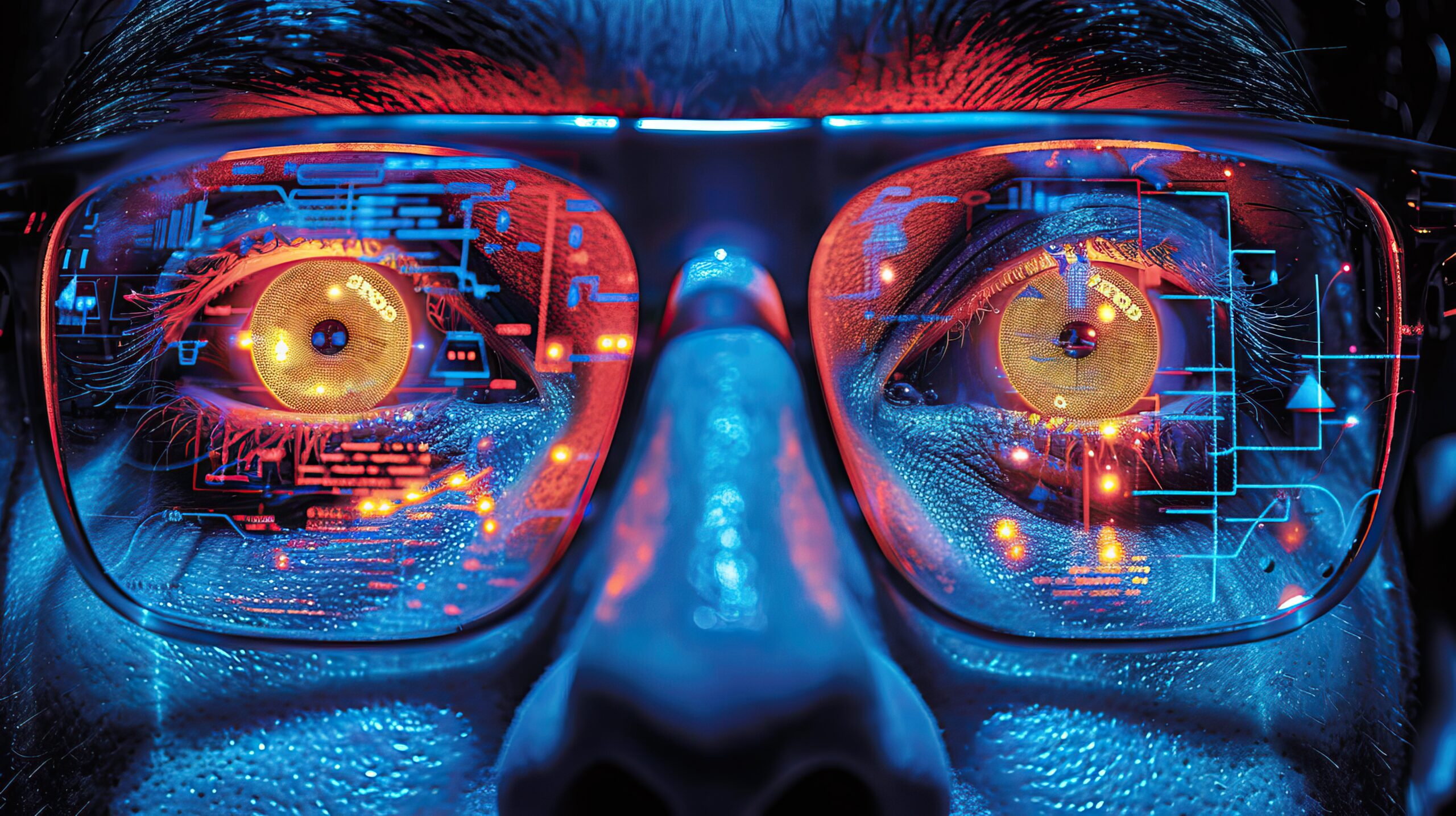Imagine being able to test the freshness of your produce or the potency of your medicine simply by scanning it with your smartphone. A world in which every object is tagged with chips that can interact with networks, dubbed the “Internet of Things,” is the futuristic vision held by Davor Sutija, M&T’83, Chief Executive Officer of Thin Film Electronics ASA. This Oslo-based company, launched in the mid-90s, has pioneered the development of flexible, wafer-thin printed tags that store electronic information in rewritable memory.
Less expensive and more amenable to mass production than standard silicon microelectronics, this non-toxic, low-power, polymer-based technology is also ideal for personalized toys and games, allowing children to program characters to have specific names and features. For businesses, the technology means protecting their brands with printed radiofrequency identification tags and tracking customers’ behaviors and preferences for interactive marketing campaigns.
The printed electronics company demonstrated its first prototype of an integrated printed system last October together with PARC, a Xerox® company that manufactures transistors used to construct the circuits. And last summer, Thinfilm announced that it will partner with the Fortune 500 Wisconsin-based packaging company Bemis®, paving the way for introducing freshness indicators into grocery stores and pharmacies by 2014. By monitoring individual packages to ensure that their contents have been kept at a safe temperature over time, the printed sensor systems can alert consumers if their milk or medicine is past its prime.
“This technology will allow consumers to check the quality of perishable goods inside packages, as well as companies to check the environmental conditions that packages are exposed to during transport, so that they know when and where the quality of the material they ship is compromised,” Sutija [pictured above, right] says. “It’s a significant step in the direction toward an ocean of smart tags that I believe will form the basis for the long-heralded “Internet of Things.”
Source: Penn State University







